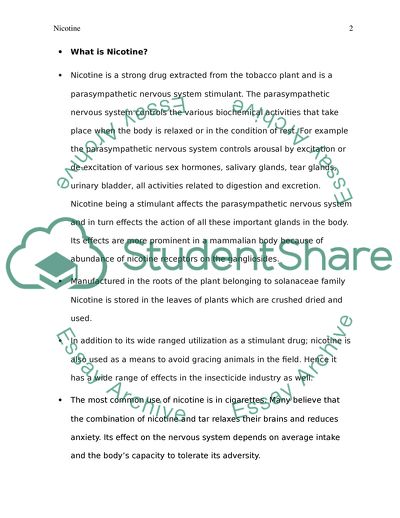Cite this document
(Nicotine Essay Example | Topics and Well Written Essays - 1500 words - 1, n.d.)
Nicotine Essay Example | Topics and Well Written Essays - 1500 words - 1. https://studentshare.org/biology/1849625-nicotine
Nicotine Essay Example | Topics and Well Written Essays - 1500 words - 1. https://studentshare.org/biology/1849625-nicotine
(Nicotine Essay Example | Topics and Well Written Essays - 1500 Words - 1)
Nicotine Essay Example | Topics and Well Written Essays - 1500 Words - 1. https://studentshare.org/biology/1849625-nicotine.
Nicotine Essay Example | Topics and Well Written Essays - 1500 Words - 1. https://studentshare.org/biology/1849625-nicotine.
“Nicotine Essay Example | Topics and Well Written Essays - 1500 Words - 1”. https://studentshare.org/biology/1849625-nicotine.


